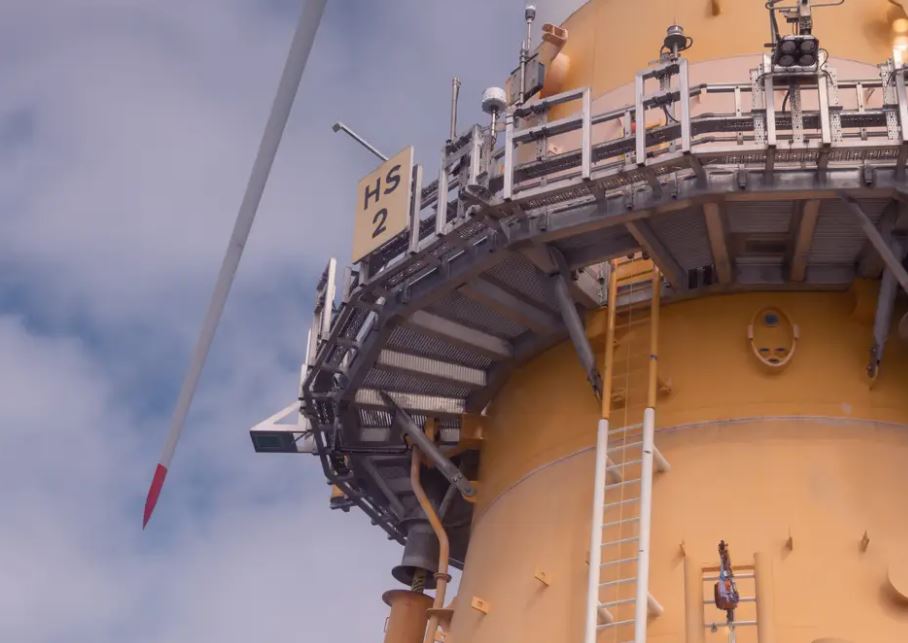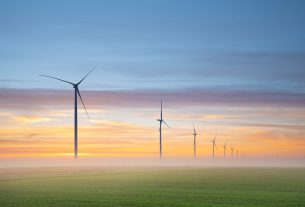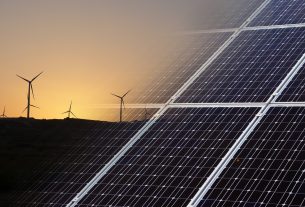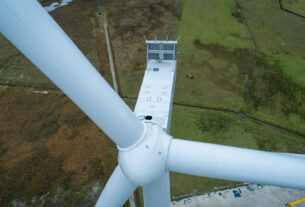United Kingdom – Since its commissioning in 2017, Hywind Scotland, the first floating offshore wind farm in the world, has been in operation for over five years.
With a capacity factor of 54% across its five years of operation, Hywind Scotland, off the coast of Peterhead, Scotland, is both the first floating offshore wind farm and the best-performing offshore wind farm in the world. A significant accomplishment for Hywind Scotland is that throughout its five years of operation, there have been no lost time accidents.
Hywind Scotland uses the Hywind floating spar-substructure design, producing 30 MW from 5 turbines. The wind farm produces enough electricity to power 34,000 houses in the UK.
New technology
As forerunners of the new technology, Equinor is developing other opportunities to build floating offshore wind around the globe and bringing the knowledge learned from Hywind Scotland. By the time Hywind Tampen, Equinor’s next floating wind project, is fully operational in 2023, it will have produced its first power earlier this fall and will control about half of the world’s floating wind capacity.
Despite the additional motion experienced by floating offshore wind substructures, Equinor’s patented floating wind turbine motion controller is in use at Hywind Scotland, helping to produce capacity factor performance that is unmatched in the world. As part of its innovative operations and maintenance (O&M) strategy for the wind farm, Equinor has trained onshore wind experts to service turbines in an offshore, floating environment.
At the Hywind Scotland project, Equinor has advanced environmental initiatives in addition to operational advancements for floating offshore wind. To gain a better understanding of how fishers may operate around and inside floating offshore wind farms safely, Equinor is collaborating with the Marine Scotland Directorate of the Scottish Government. Additional activities include setting up an autonomous SailBuoy to use acoustic sensors to track fish presence and biomass abundance and testing a new approach to environmental DNA (eDNA) analysis at Hywind Scotland.




